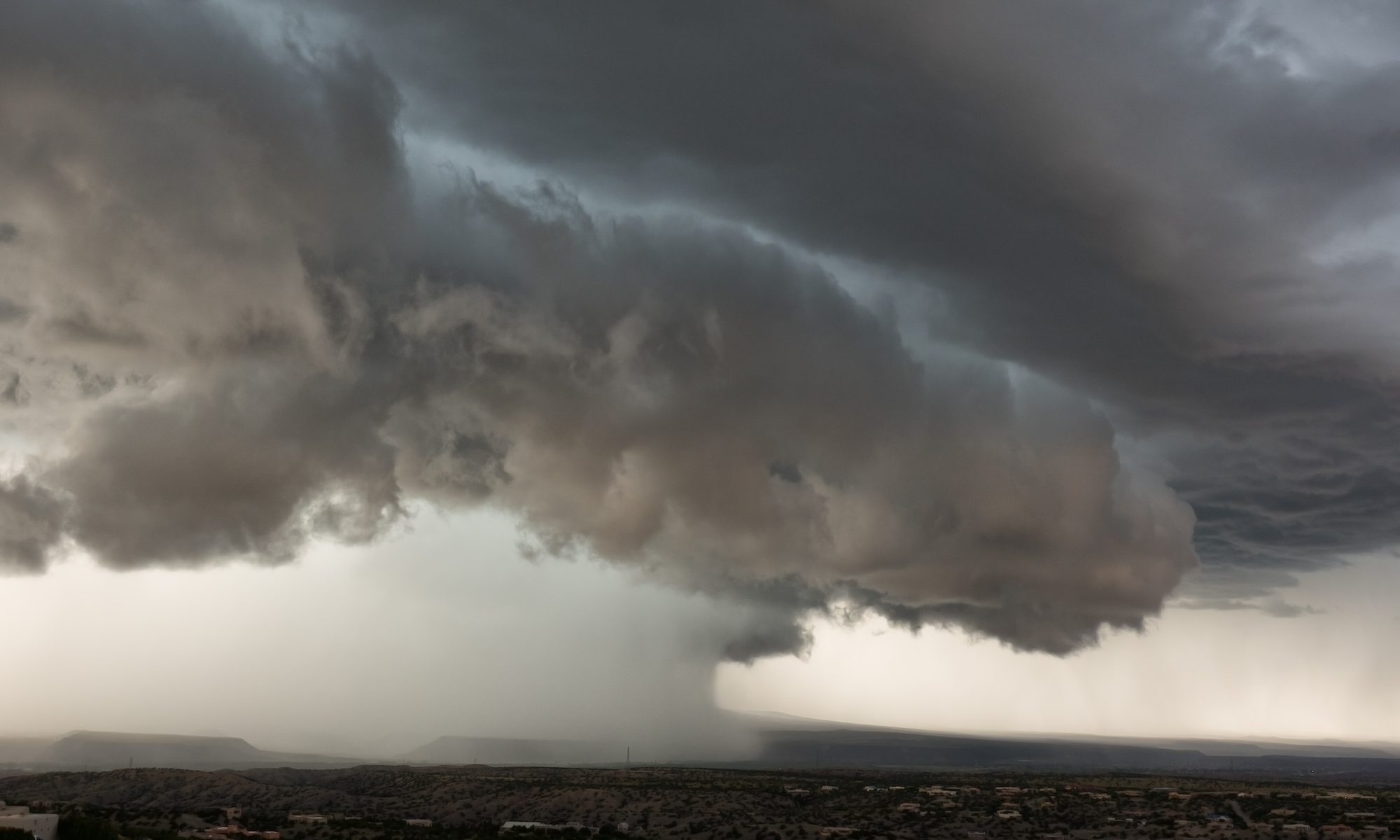Understanding the process of water withdrawal is the best way to understand rain water harvesting since both actions have exactly opposite impact on the ground water table.
A cone of depression is formed as soon as we start the submersible pump to extract ground water. When we stop extraction of water, the cone of depression is filled by ground water from surrounding soil to maintain a uniform water level. The net resultant effect of this action – decrease in ground water level since there was extraction from stored stock.
When the rain water is harvested into the ground, a water mount is formed in the ground. This water mount gradually dissipates supplying its water to the ground water. The net resultant effect of this action is increase in ground water level since it is addition of water to the existing stored stock.
When the rain water falls on the ground and enters the soil surface. This is known as infiltration. When water comes in contact with very dry soil it infiltrates very quickly to begin with. This is due to the affinity of soil particles towards water. The behavior is just like that of a thirsty man starting to drink water at a fast rate and slowing down as the thirst is quenched.
In this case as the soil becomes wet with water continues to move down due to the force of gravity acting on it and in the process wetting the soil further down. The infiltration rate also gradually decreases with time till it reaches a constant value
We at Silveron have experimented and experienced the effect on infiltration rate when the water is provided at lower rate as compared to sudden flooding. It is always our endeavor to ensure that the artificial recharge structures constructed by us for harvesting rain water do not impose over the natural infiltration processes.
We support the soil to continue with the infiltration at its own constant value and on passing forward the excess water for recharge to other Silveron recharge shafts at other locations, channelized through an underground network of pipes.
We support the free movement of water from a region where it has higher total potential to one of lower total potential. It may be the gravitational potential or/and metric potential due to the soil particles. It may be downward flow or horizontal flow or both.
- We are preventing wastage of rain water by spill over/runoff, since we are accepting delivery of the entire quantity of rain water available for recharge.
- We are not interfering with the natural dynamics of infiltration of water in the soil since we understand that none of the many factors which influence the shape of the infiltration functions can ever be controlled.


